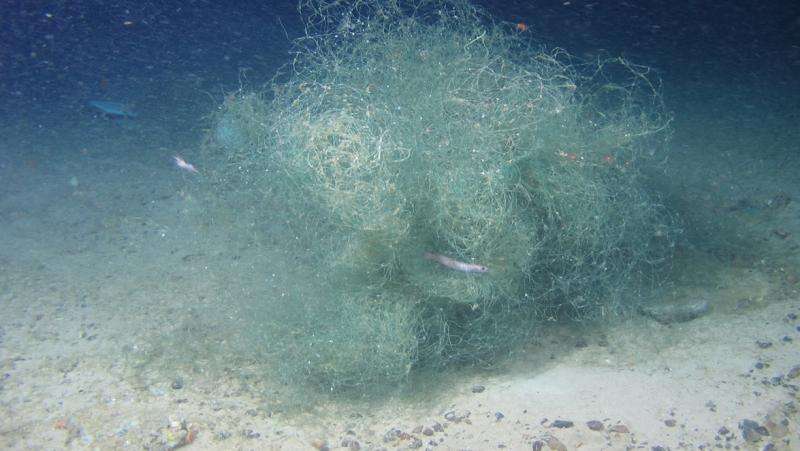Important submarine canyons ecosystems are at risk

A recent review of studies of submarine canyons has identified that they are at risk from human activities, and require better protection.
The review was published in the journal Frontiers in Marine Science by a team of scientists that are part of the International Network for submarine Canyon Investigation and Scientific Exchange (INCISE). INCISE is an initiative that aims to bring together scientists working on all aspects of submarine canyon research, and to stimulate discussions across disciplines.
Submarine canyons are major geomorphic features of continental margins, and nearly 10,000 large canyons are estimated to exist around the world. Recent multidisciplinary projects focused on the study of canyons have considerably increased our understanding of their ecological role, the goods and services they provide to human populations, and the impacts that human activities have on their overall ecological condition.
Pressures from human activities include litter, fishing, dumping of land-based mine tailings, and oil and gas extraction. The effects of climate change may modify the intensity of currents within canyons, which is predicted to impact the structure and functioning of canyon communities as well as affect food supply to the deep-ocean ecosystem.
Ulla Fernandez-Arcaya from Spain, the lead author of the review, says "Our review not only identifies the ecological importance of canyons, but also highlights the need for a better understanding of anthropogenic impacts on canyon ecosystems."
Canyons face a number of current and future issues for their conservation, and the review study proposes the types of research required to inform management measures to protect canyon ecosystems. Only 10% of all canyons identified worldwide are completely protected by marine protected areas (MPAs), and these are not evenly distributed around the globe. Furthermore, submarine canyon protection is mainly focussed on the shallow parts of canyons, although it is important to protect complete systems, given their role as main connection between shallow and deep waters.
Dr Eva Ramirez-Llodra, marine biologist at the Norwegian Institute for Water Research (NIVA) in Oslo and second author of the review says: "Submarine canyons are essential habitats that provide habitat to rich faunal communities and can provide habitat for the early stages of some species and refuge for others. They can also support rich fisheries. The abrupt and complex terrain of submarine canyons has partly slowed down their detailed investigation. However, novel technologies are allowing us to better investigate canyon ecosystems, as well as exploit their natural resources. It is thus timely to develop management and conservation options based on robust ecosystem-based scientific knowledge."
More information: Ulla Fernandez-Arcaya et al. Ecological Role of Submarine Canyons and Need for Canyon Conservation: A Review, Frontiers in Marine Science (2017). DOI: 10.3389/fmars.2017.00005
Provided by Norwegian Institute for Water Research





















